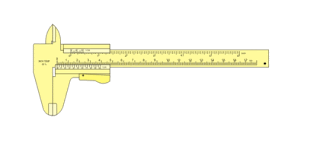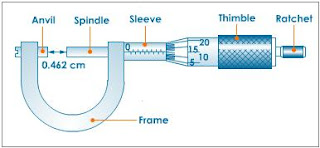TRANSFER OF THERMAL ENERGY
In this practical, there were 2 parts. The first part was to compare absorption of thermal energy by different surfaces. For part two, the aim was to find out which surface was better at radiating heat energy.
Experiment part 1
Apparatus:
2 Identical Twin Cans with Lids (one painted black and the other silvery/shiny)
2 Temperature Sensors
Bunsen Burners
MultiLog
Wire Gauze
Procedure:
Put the temperature sensors into both tins.
Wrap a piece of wire gauze on top of the barrel of the Bunsen burner.
Place the 2 tin cans on opposite sides of the Bunsen burner, both the same distance away from the Bunsen burner.
Start the MultiLog and take note of the starting temperature of both cans.
Light the burner and observe the change in temperature of the cans.
The can that was painted black absorbed more radiant heat energy than the other can.
The wire gauze that is wrapped around the barrel of the Bunsen burner ensures that the thermal energy is evenly radiated to both of the cans.
Experiment part 2
Apparatus:
2 Identical Tins with lids (One painted black and other silvery/shiny)
2 Temperature Sensors
MultiLog
Materials:
Hot Water
Procedure:
Fill each can to the same level with hot water.
Put the sensors into the cans.
Start the MultiLog and observe the temperature changes.
The black can lost heat faster than the silvery can.


















